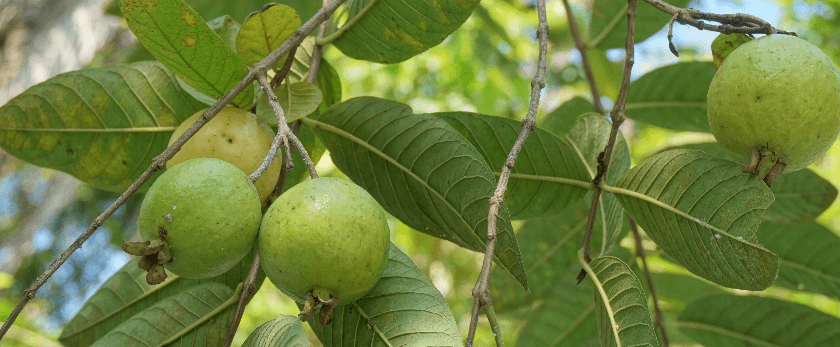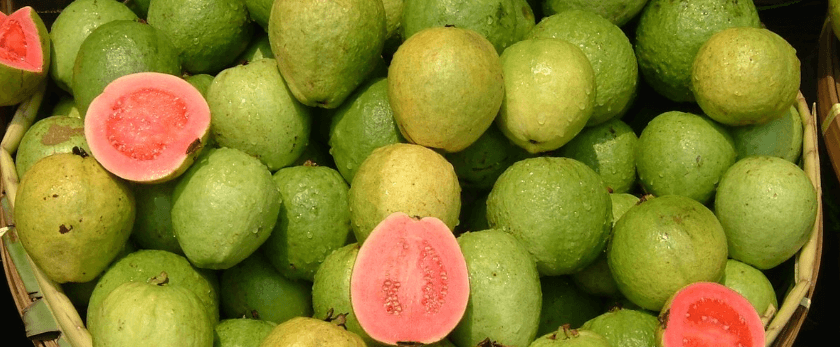Are you looking to add a touch of tropical flavor to your garden? Look no further than the guava tree. Not only does it produce delicious and nutritious fruit, but it is also a sustainable and eco-friendly addition to any landscape. In this article, we will discuss how to care for guava trees, the best time to grow them, and common problems you may encounter. So let's get started and learn how to grow guava!
How to Care for Guava Trees
Watering
Guava trees are native to tropical and subtropical regions, so they thrive in warm and humid climates. However, they are also drought-tolerant and can survive in drier conditions. When watering your guava tree, it is important to strike a balance between keeping the soil moist and not overwatering.
During the first year of growth, water your guava tree once a week. As the tree matures, you can reduce the frequency to once every two weeks. Make sure to water deeply, allowing the water to reach the roots. Avoid getting the leaves wet, as this can lead to fungal diseases.
Light
Guava trees require full sun to thrive, so make sure to plant them in a spot that receives at least 6-8 hours of direct sunlight per day. If you live in a colder climate, consider planting your guava tree in a container so you can bring it indoors during the winter months.
Soil
Guava trees prefer well-draining soil with a pH level between 5.5 and 7.0. If your soil is too acidic, you can add lime to raise the pH level. If it is too alkaline, you can add sulfur to lower the pH level. It is also important to ensure that the soil is rich in organic matter, as this will provide essential nutrients for the tree.
Fertilizer
Guava trees are heavy feeders and require regular fertilization to produce healthy and abundant fruit. Use a balanced fertilizer with equal amounts of nitrogen, phosphorus, and potassium. Apply the fertilizer every 2-3 months during the growing season, following the instructions on the package.

Pruning
Pruning is essential for maintaining the shape and size of your guava tree, as well as promoting fruit production. Prune your tree in the late winter or early spring before new growth appears. Remove any dead, damaged, or diseased branches, as well as any branches that are crossing or rubbing against each other. You can also prune to open up the canopy and allow more sunlight to reach the inner branches.
What is the Best Time to Grow Guava?
The best time to grow guava depends on your location and climate. In tropical and subtropical regions, guava trees can be grown year-round. In colder climates, it is best to plant guava trees in the spring after the last frost. This will give the tree enough time to establish itself before the colder months.
Common Problems with Guava Trees
Pests
Guava trees are relatively pest-resistant, but they can still be affected by certain insects. The most common pests that may attack guava trees include fruit flies, mealybugs, and scale insects. To prevent these pests, keep your tree healthy and well-maintained. If you do notice an infestation, you can use organic insecticides or introduce natural predators, such as ladybugs, to control the population.
Diseases
Fungal diseases, such as anthracnose and powdery mildew, can affect guava trees. To prevent these diseases, make sure to water your tree at the base and avoid getting the leaves wet. You can also use organic fungicides to treat any infections.
Fruit Drop
Guava trees may experience fruit drop, where the fruit falls off prematurely before ripening. This can be caused by a lack of pollination, overwatering, or nutrient deficiencies. To prevent fruit drop, make sure to water your tree properly and fertilize regularly. You can also hand-pollinate the flowers using a small brush to ensure proper pollination.
Conclusion
Growing guava trees is a rewarding and sustainable way to add a touch of the tropics to your garden. By following these care tips and addressing any problems that may arise, you can enjoy delicious and nutritious guava fruit while also contributing to a greener and more eco-friendly environment. So why not give it a try and start growing your own guava tree today?










